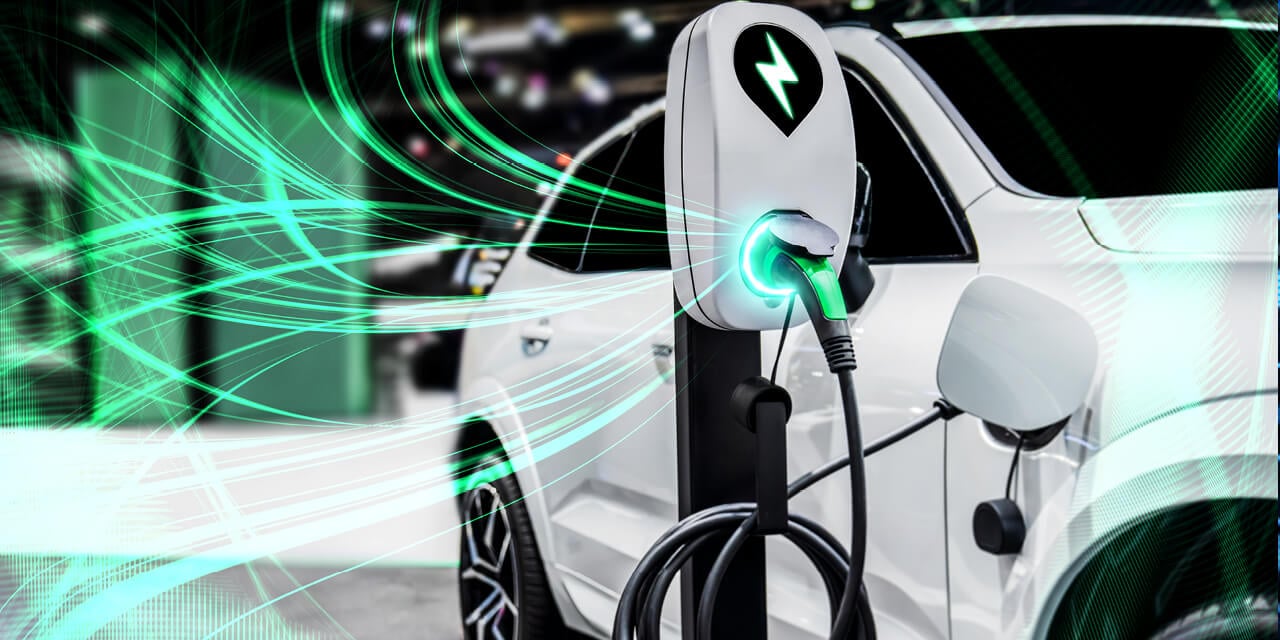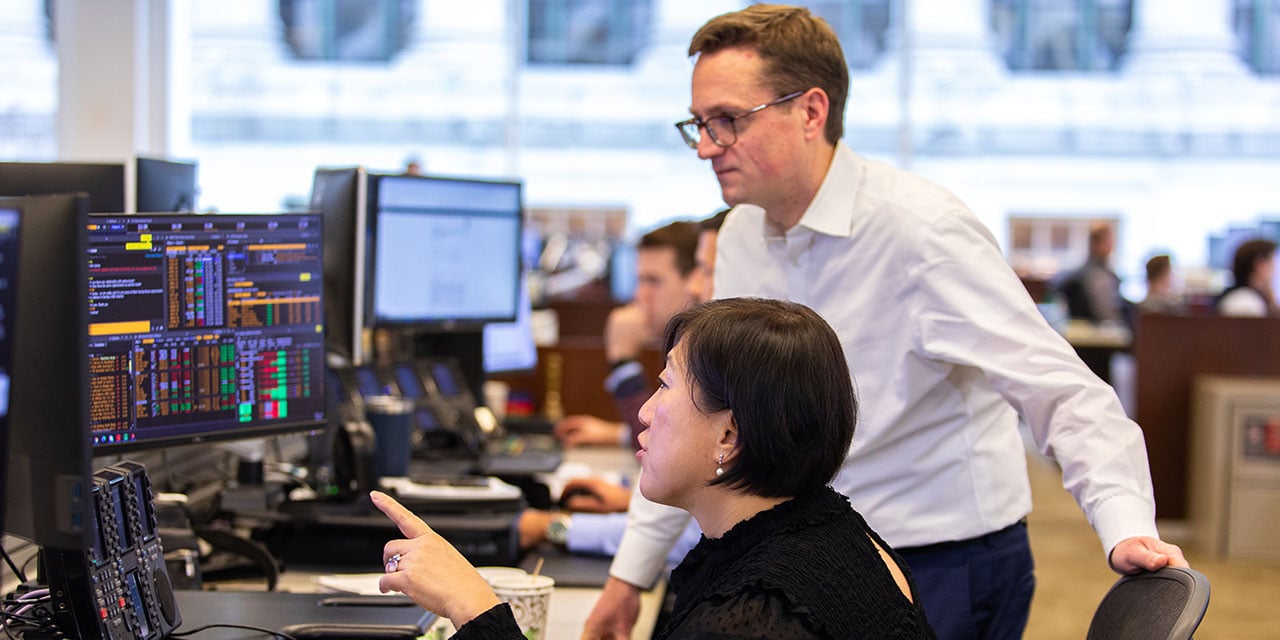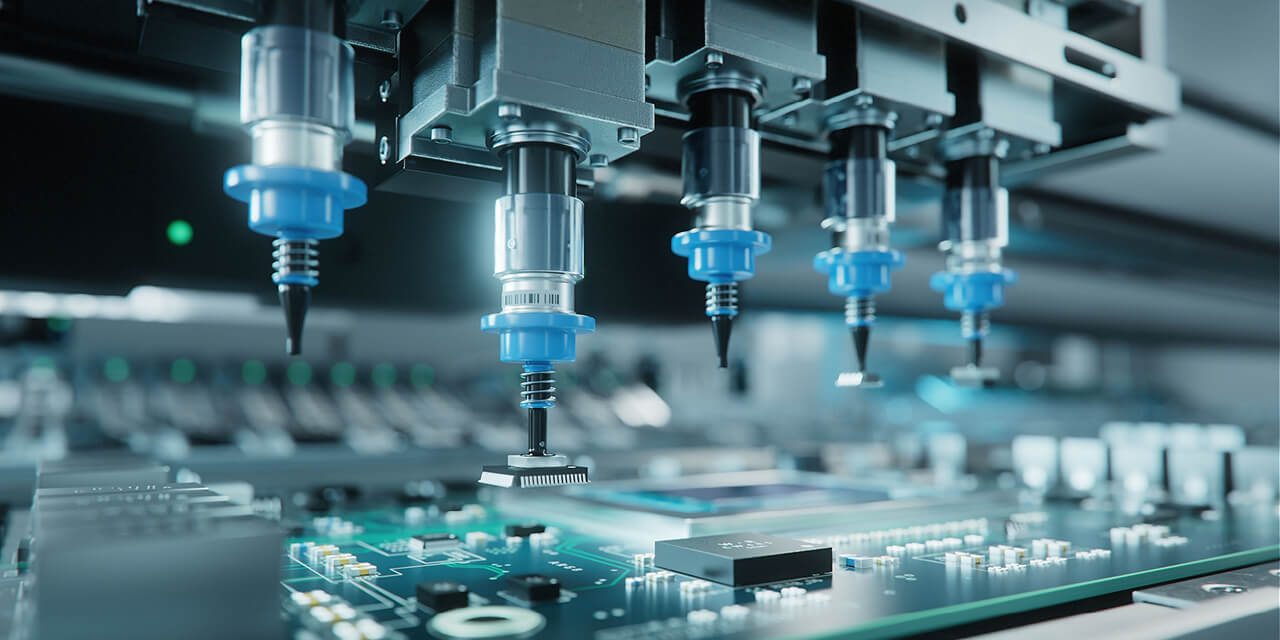Vehicle Electrification and EVs - The New Normal?
Conferences,Equities,Investment Banking

The vehicular ecosystem is on the cusp of electrification. As the market works to advance the technology and get related products to market, investors are weighing opportunities carefully. A panel of Baird experts gathered to talk about the evolution of the electrification world at the firm’s Global Industrial Conference this past November.
The lively discussion was moderated by Justin Holsen, Managing Director in Baird’s Equity Capital Markets group, and included perspectives from the firm’s Global Investment Banking and Equity Research teams. The panel featured Adam Czaia, Managing Director in Global Industrial Investment Banking; Luke Junk, Senior Research Analyst covering vehicle technology & mobility; and Ben Kallo, Senior Research Analyst covering sustainable energy & mobility.
Top Takeaways
Growing Appetite for Electrification and EVsInvestors are extremely interested in electrification and EVs. “What I find is EV is the lens that investors view any company in my universe through first and foremost, it's the most common question I get on any company that I follow,” said Junk. “If you go back 12 or 18 months, there were questions on the electrification trend. I think now there's clear consensus and conviction around the trend and what that future state looks like,” Czaia added. “When you look across vehicle tech and mobility since January 2020, you're close to 100 companies that became public... about half of them were really capitalizing on the electrification trend. And I think that was keying into investor appetite.” |
|
Compelling Business ModelsThe group agreed that developed businesses that move quickly and are able to adapt existing competencies are best positioned to capitalize on the EV trend. “What has proven out is [companies] that are further along… that's then enabled investors to have an easier time to assess progress to capitalizing on the trend versus kind of waiting for the next press release,” Czaia observed. In the auto suppliers realm, Junk said the combination of auto-grade manufacturing expertise and intellectual property on high voltage makes for a compelling story. Kallo added in auto manufacturing companies, the most compelling business models have scale, but that alone isn’t enough. “Speed to market is very important, and so is the ability to adapt – but at the same time, having focus… I think some of their hiccups are trying to do too many things at once.” |
|
Capitalizing on Opportunities in the Current EnvironmentKallo pointed out the uncertainty of the current environment for the electrification evolution. “We haven't been through an environment like this and we don't know how sensitive electric vehicles are to a tighter, thinner wallet and higher interest rates,” he said. “We're still trying to figure out that balance if we're in a supply constrained world or if we're starting to tiptoe over to a demand constrained world.” Czaia sees similar trends unfolding in both the public and private markets. “When I think about the new normal, I think there’s now a lot more both skepticism and intense focus on who are going to be the ‘winners,'” he shared. Affirming the importance of speed to market for companies in the EV space, “It's a land grab, and so that requires capital. Certainly it's a difficult environment whether it's public equity or in the private capital markets to be raising at this time.” Junk emphasized the importance of speed to market. “Like [he] said, it's a land grab opportunity. The legacy OEMs are trying to define who the EV brands are going to be. Just because you're BMW in the past, that doesn't count anymore. You have to reestablish yourself as BMW or whomever in an EV world.” |
|
Challenges on the HorizonVehicle electrification will face some headwinds in the future. Junk called out the consumer factor, particularly if manufacturers let cost pressures flow through to vehicle prices, and continued supply chain challenges. Chip supply remains a challenge for the industry. Kallo built on that perspective: “I think the number one exclamation point is materials,” he said. Demand for raw and rare earth materials such as lithium far outpaces the current supply, and Kallo called out how manufacturers are leaning on multiple suppliers to get to the scale of selling millions of EVs. Some are even bringing battery cell production in-house. “That's why we're seeing this kind of renaissance of manufacturing here in the United States of new cell manufacturing they call the battery belt, where all these cell factories are coming up... it’s just kind of straight up from the Southeast up to the Illinois and Michigan area.” |
|
Up Next – Recycling Solutions?The group agreed that as appetite for electrification and EVs take off, certain areas need additional investment. Kallo highlighted the growing need for recycling solutions: “It's recycling of all different materials that we'll need. I think copper is one of the things that's going to be most short as we move to electrification of both vehicles and renewables.” Czaia echoed his comments, adding “You think about the input materials… that's where there isn't enough capacity to really facilitate a really rapid ramp and intake rate. I think that's where you're going to see more investment. I think you'll see it throughout, but probably disproportionately in the earlier stages.” |
Related Links

Baird's equity capital markets conferences unite institutional and private equity investors, portfolio managers and buy-side analysts with senior leaders from top companies in targeted sectors.







